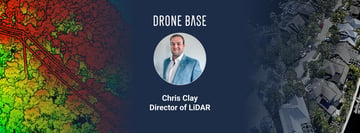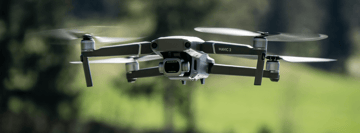When I first started DroneBase a few years ago, the cost of a professional drone flight was in the thousands to tens of thousands of dollars. Far cheaper than using a helicopter, but still too expensive for companies, big or small, to scale and use aerial imagery on a regular basis.
Now, aerial imagery and data collected by drones are both affordable and scalable for any size enterprise, costing in the low to mid hundreds on average. What changed?
Advancements in drone technology; more drone pilots turning their hobby into a full- or part-time profession; and more companies in insurance, construction, real estate, and more understanding the business impact of aerial imagery and data. However, there are still specialized flights with much better sensors, such as thermal imagery flights, that allow companies to make even more informed decisions about their most valuable assets but still cost in the thousands.
Accessible thermal drone imagery and data will help industries from insurance to property management to construction to energy. While each of these industries currently leverage drones, a single thermal drone flight today is often a $25,000+ investment. Just as the democratization of drones and more pilots opened the door for affordable and scalable commercial drone flights, the thermal drone flights of tomorrow will expand use cases and make drones a regular mix of the decision making process.
Thermal imagery often provides an instant, causal analysis of problems with an asset. For example, solar energy companies will be able to detect cracks or problems in their solar panels. Commercial real estate owners can identify a water leak in seconds at the city’s largest mall. And property managers can find cracks on roofs or damage to HVAC units more closely. The opportunities are limitless.
As drone technology advances, it’s important that companies are making the investments in drones that only they need. The up-front costs of purchasing hardware and training staff should only be reserved for the most necessary technology. In order for drone services to become truly scalable, enterprises need to determine the most cost efficient way to integrate drones into their workflow.
Drone technology has come from a far-fetched idea to an affordable and accessible asset for companies of any size. In 2019, we only see more advancements in technology, and therefore more technology for enterprises across industries to leverage.




.png?width=360&name=Banner%20Templates%20(6).png)
